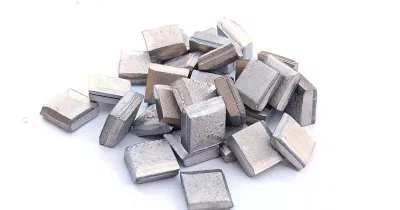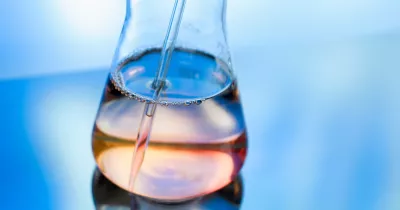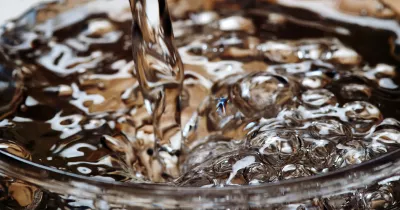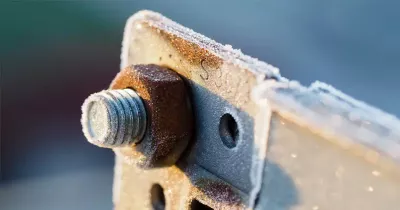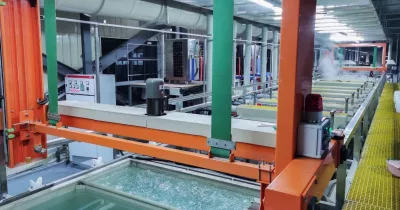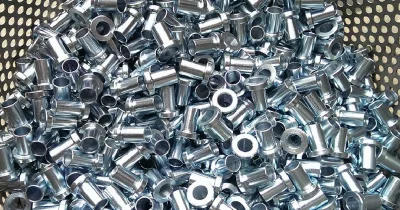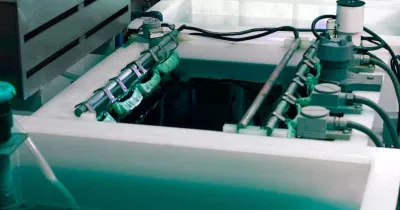Optimizing your zincate process for better metal plating
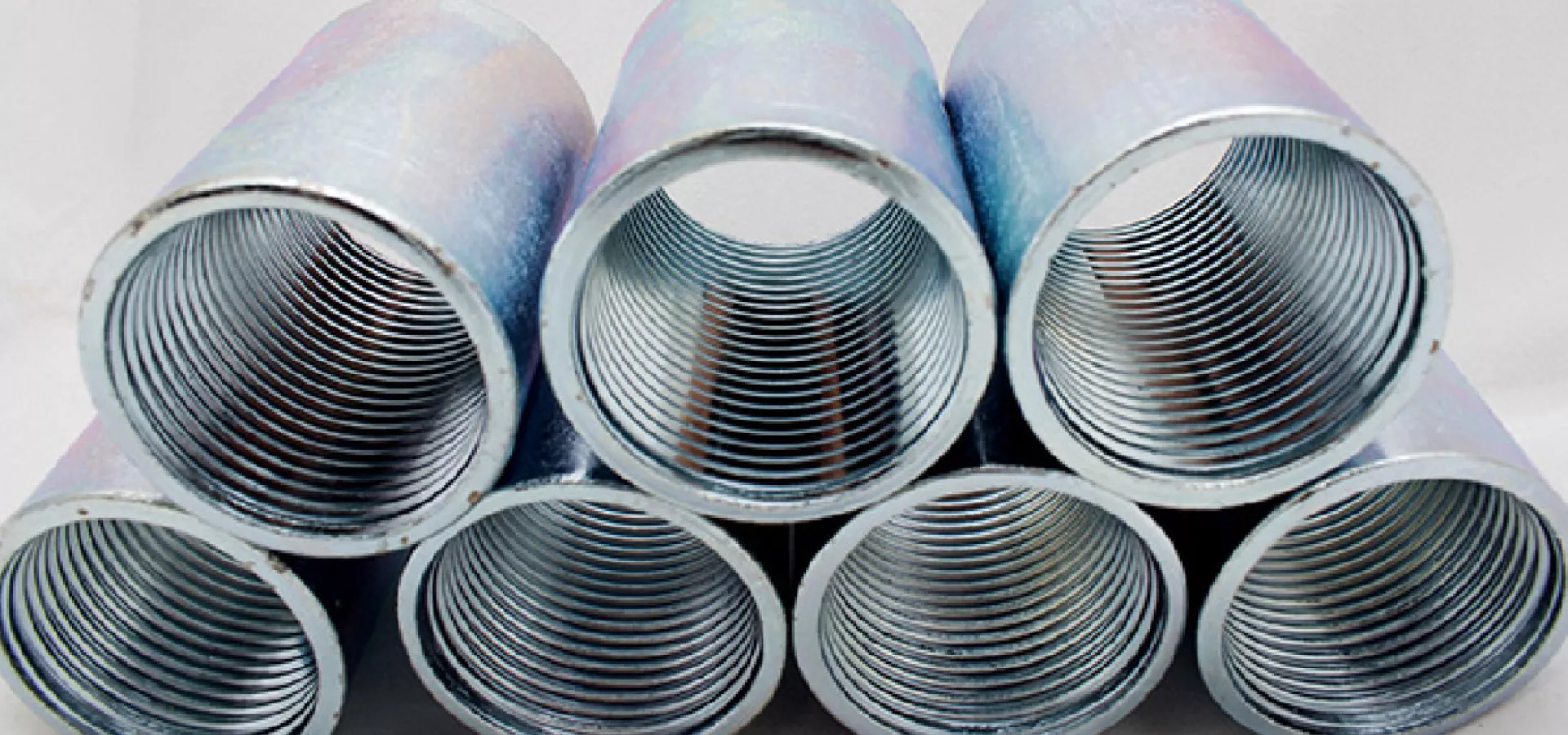
August 13, 2025
August 13, 2025
The zincate process is a critical step in the preparation of metal for electroplating. The zincate process achieves this by chemically removing the oxide layer and depositing a thin, adherent layer of zinc onto the metal surface. This zinc layer acts as a protective barrier, preventing reformation of the oxide and providing an excellent base for further plating with metals like copper, nickel, or tin, which are often used in electrical and industrial applications.
At Pavco, we are committed to advancing metal finishing technologies and providing innovative solutions to optimize plating processes. Our expertise in plating processes such as acid copper, multilayer nickel, and tin positions us as a trusted partner for professionals seeking to enhance their plating operations. This article will explore the zincate process in detail, discuss its importance in metal plating, and provide actionable insights for optimizing this critical pre-treatment step.
The role of the zincate process in metal plating
Some metals and their alloys are widely utilized in industries like aerospace, automotive, and electronics due to their advantageous properties, including lightweight, corrosion resistance, and excellent conductivity. However, these metals naturally form oxide layers that pose significant challenges for electroplating. These oxide layers prevent direct adhesion of plated metals, leading to poor coating quality and potential failure in critical applications.
Addressing oxide layer challenges
The zincate process effectively mitigates these issues through a series of steps:
Oxide Removal: A sodium hydroxide solution dissolves the metal's oxide layer, exposing a clean, active surface.
Zinc Deposition: Zinc is galvanically deposited onto the active metal surface, forming a thin, uniform layer.
Adhesion Enhancement: This zinc layer provides a stable base for subsequent electroplating, ensuring strong adhesion and long-lasting performance.
Single vs. Double Zincate Processes
In industrial practice, both single and double zincate processes are employed, depending on the application and quality requirements:
Single Zincate: Involves a single immersion in the zincate solution, suitable for less demanding applications.
Double Zincate: Involves two immersions, with an intermediate stripping step to remove the initial zinc layer. This process enhances adhesion and is preferred for high-performance applications.
By effectively removing oxide layers and providing a conducive surface for plating, the zincate process plays a crucial role in the successful electroplating of metals that form stable oxides.
Optimizing the zincate process
1. Solution Composition
The simplest zincate solution consists of zinc oxide dissolved in sodium hydroxide. However, modern formulations often include additional metals, such as copper and iron, to improve adhesion and versatility across a wider range of alloys.
2. Temperature Control
Maintaining the zincate solution within the optimal temperature range (typically 65°F–85°F) is critical for consistent results. Higher temperatures can accelerate the reaction but may also lead to uneven deposition or excessive zinc buildup.
3. Bath Maintenance and Analysis
Regular analysis of the zincate bath is essential to maintain its effectiveness. Key parameters to monitor include:
Alkalinity: Determined through titration to ensure sufficient sodium hydroxide concentration.
Metal Content: Atomic absorption analysis can be used to measure the levels of zinc, copper, and iron in the solution.
Replenishment of the solution should be based on these analyses, with adjustments made to compensate for drag-out losses and bath depletion.
4. Post-Zincate Treatments
To ensure optimal adhesion, post-zincate treatments such as baking and cold water quenching are often employed. For example:
Baking: Heating the plated part at 450°F (232°C) for one hour can enhance adhesion and reduce stress in the plated layer.
Cold Water Quenching: Rapid cooling after baking helps stabilize the coating.
Choose the best plating tech
It is also fair to say that our advanced alkaline zinc plating technologies, such as Merlin™, Blaze™, Ziron™, and Ziniloy™, provide industry-leading performance. Certain geographies (most notably Japan) refer to alkaline zinc plating as zincate plating. These solutions are designed to:
Enhance Productivity: Faster plating rates and increased load sizes reduce production time and costs.
Improve Quality: Superior throwing power and uniform deposition ensure consistent results.
Simplify Operations: Non-chelated formulations like Merlin™ minimize waste treatment requirements and simplify bath maintenance.
Our expertise and innovative solutions are designed to support professionals in mastering these critical steps. Schedule a meeting with our experts today to discuss your specific application needs.
IT’S HOW YOU FINISH

We’re a developer and supplier of chemistries for the metal finishing industry since 1948.
In PAVCO, we develop products and deliver services of the highest quality at a reasonable cost.
